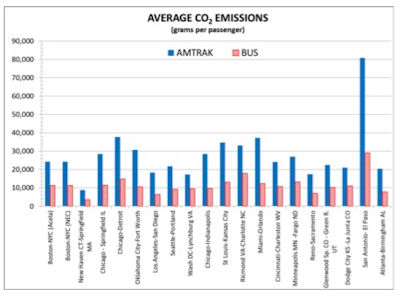
The closure of Owen Sound’s bus terminal and Greyhound’s decision to cut its routes to the city has put a spotlight on transportation issues in our area.
Specifically, it has highlighted the importance of intercity bus service to rural communities.
Students attending school in Toronto, London, Barrie and elsewhere, for example, rely on the bus to get to and from their rural Ontario homes.
People use the bus to get to hospitals in major Ontario cities, to visit family in southern Ontario and to access services not found locally. Some people just want to hop aboard a bus to spend time in Toronto.
Despite the need for bus transportation, options for people in rural Ontario, including Grey-Bruce, continue to decline.
Greyhound now only makes one trip daily into and out of Owen Sound. The bus takes people to Toronto via Collingwood and Barrie. Aboutown Northlink only makes a trip between Owen Sound and London three times a week.
People wanting to get to Orangeville, KitchenerWaterloo, Guelph, Hamilton or other cities must transfer to another bus in Toronto or London. It can be a long trip.
The provincial government should step up and do something about this transportation shortage. More should be done to encourage bus companies to make the trek to and from Owen Sound.
Part of the problem, it seems, is Ontario’s current regulatory framework for intercity bus transportation.
Companies must apply to the Ontario Highway Transport Board to receive a permit before it can operate a new route.
John Emberson, president of Coach Canada, said the process is time consuming and expensive. The applicant must provide a business plan, among other things, to the board.
Other companies can object to the permit request, he said, and the board will often side with the firm that currently offers the same or a similar route.
The process limits competition, he said, and can allow some companies to hold a monopoly on certain routes.
Coach Canada, which owns more than 200 buses, is among the companies lobbying the province to deregulate the system.
Alberta and Manitoba have done it. Alberta implemented a new modernized framework in 2011. Companies there now have the option of running a smaller bus for certain routes or creating a flexible schedule without, as happened in the past, having their application objected to by existing carriers, which would have triggered a full-blown hearing.
It’s time for Ontario to take a serious look at doing the same.
There are also calls from outside of the industry for the province to make changes to improve Ontario’s regional transportation network.
Owen Sound Mayor Deb Haswell, for one, has called on the province to explore ways to encourage more buses to run routes to the city.
The Southwest Economic Alliance (SWEA), meanwhile, is calling on both the provincial and federal governments “to work together to plan and adequately fund a regional transportation network.”
A summit, with politicians, transportation companies and advocacy groups, is scheduled for Nov. 14.
“The objective is to generate cooperation, planning and policy development which will lead to more transportation in southwestern Ontario,” SWEA says.
It is our hope that SWEA will have luck with its campaign.
However, it’s important that Owen Sound also benefit from any improved regional transportation system.
Without changes, the city could become even more isolated from the rest of southern Ontario.
















